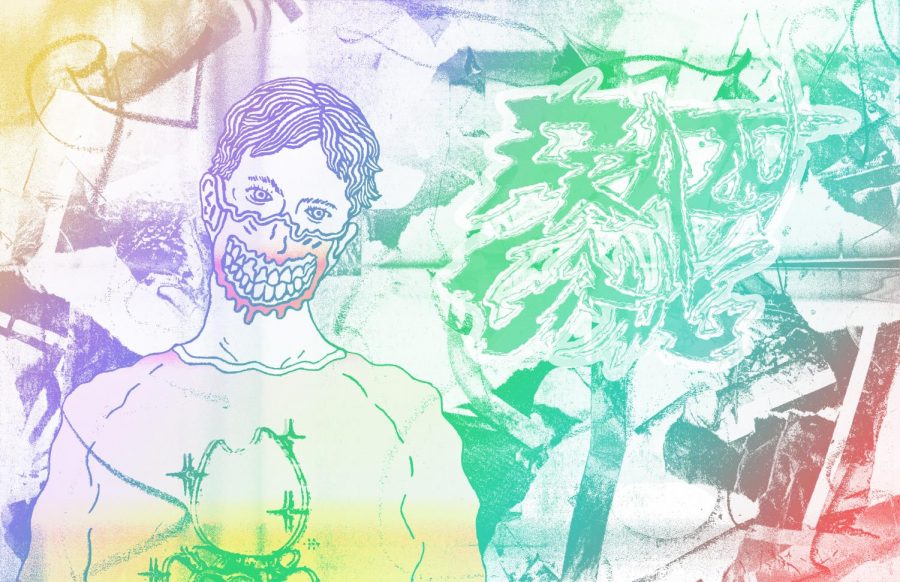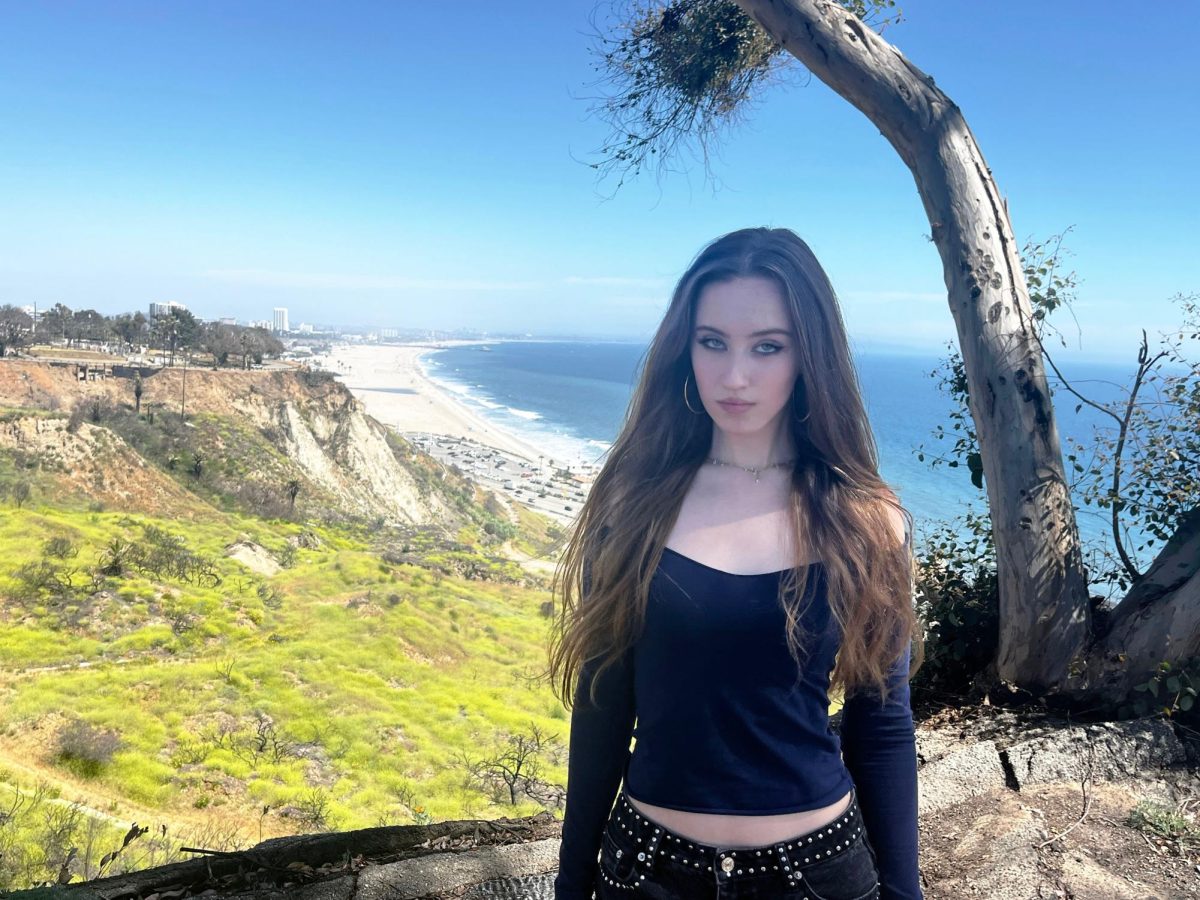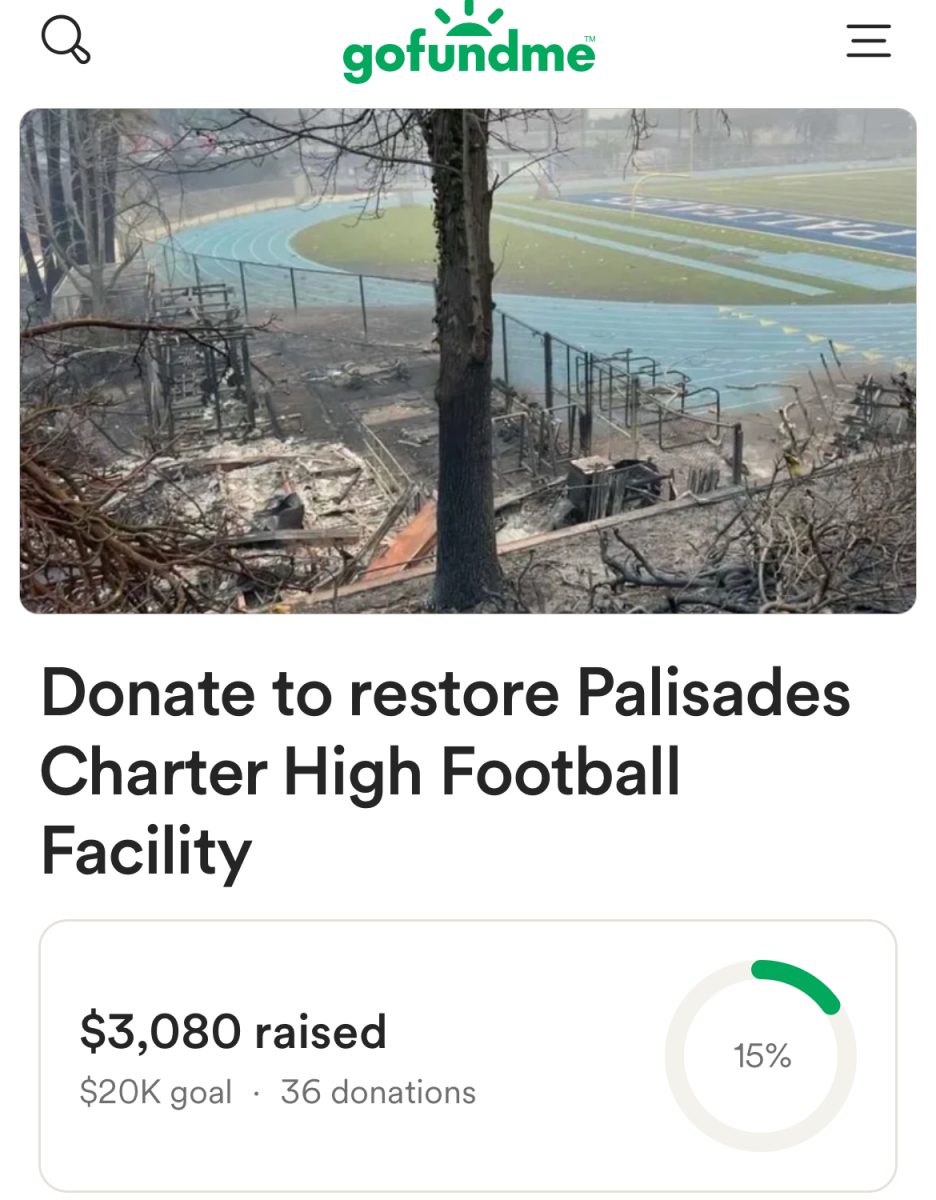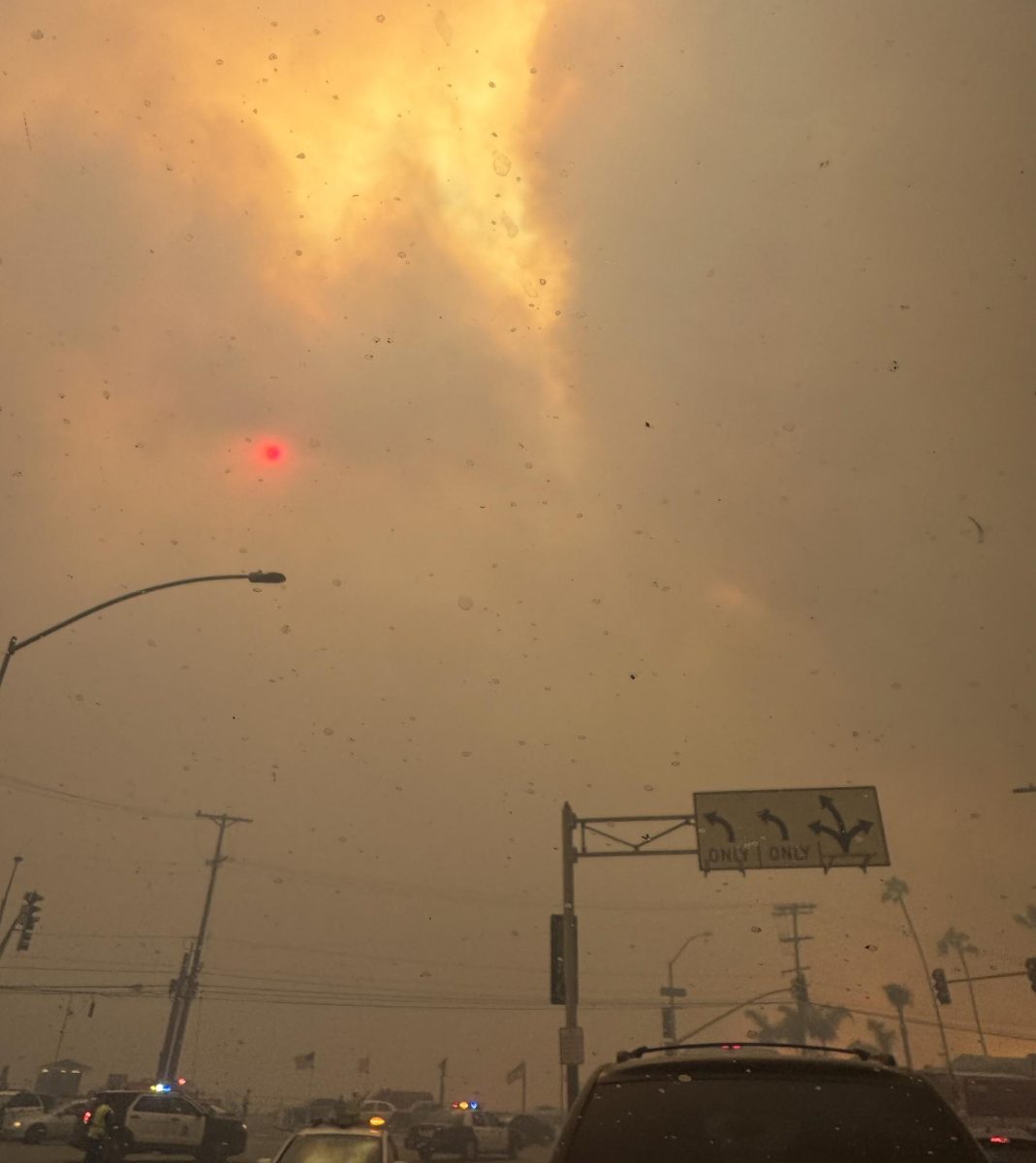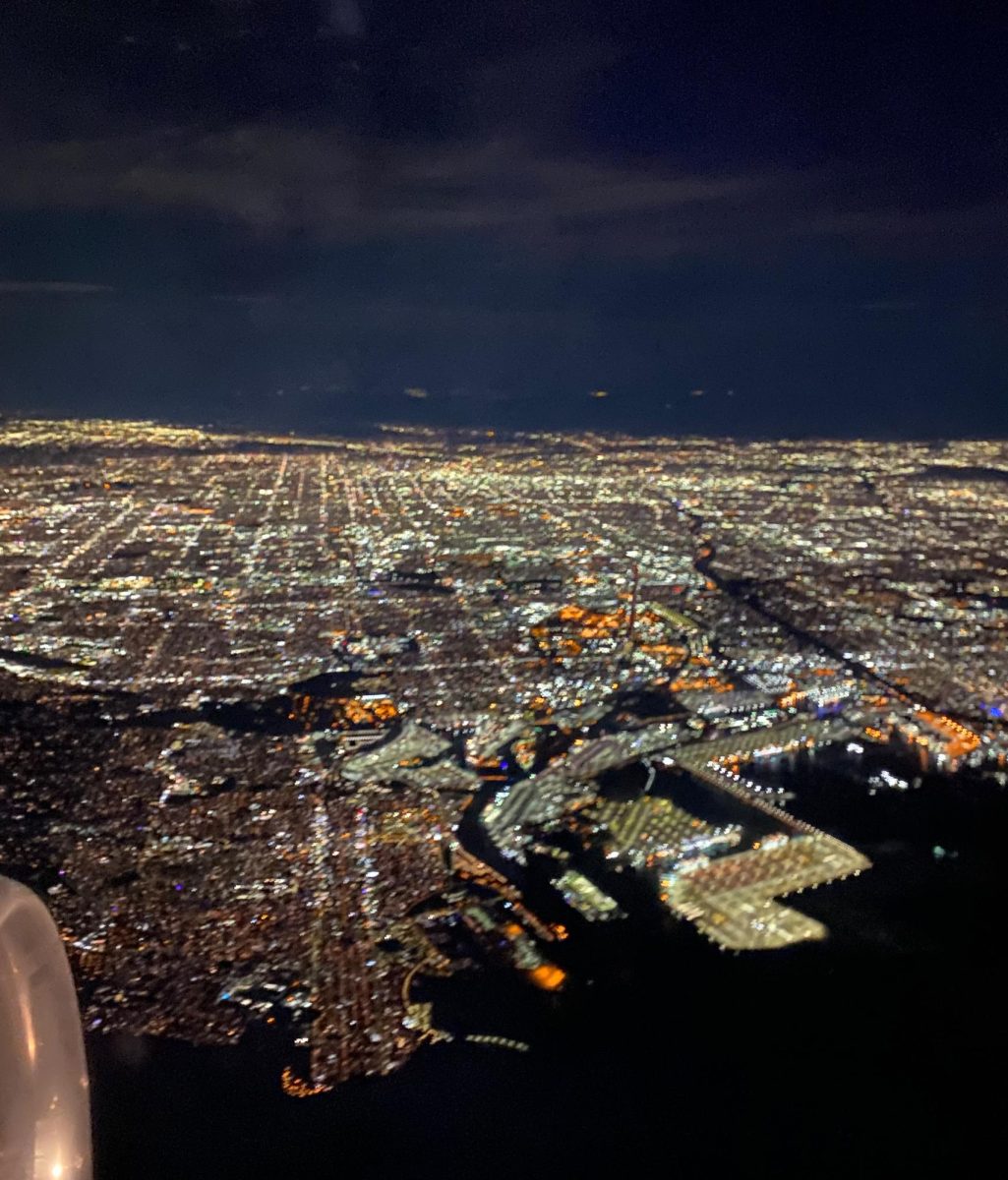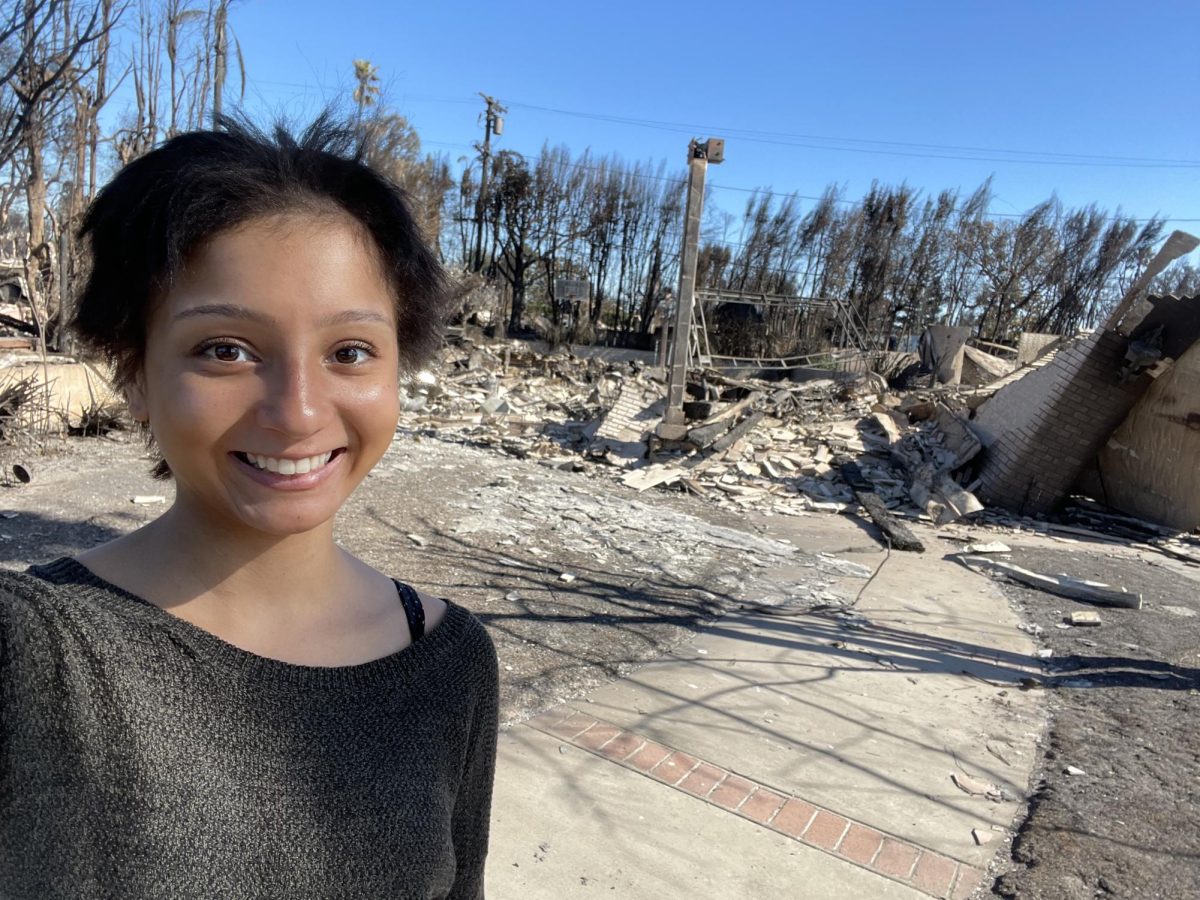Drain Gang: An Innovative Trap Oddity
December 17, 2020
What comes to mind when you think of a group that holds ritual gatherings, pulls members from the obscure fringes of society and boasts a fast-growing, cult-like following?
A backwoods pagan religious sect? A third-world country’s federal government? A Swedish hip-hop collective? You probably didn’t envision the latter, but the audiovisual creative group known as Drain Gang (DG) actually fits this description.
DG is far more than what appears on the surface as poorly Auto-Tuned cloud rap recorded on a Nokia 3310. Rather, their inaccessibility to most hip-hop listeners has distinguished them as a cultural sanctuary for the nonconforming minds of the international youth.
An alternative artistic collective consisting of members Bladee, Ecco2k, Thaiboy Digital, Whitearmor and Yung Sherman, DG has amassed a rapidly growing fan base in recent years. For reference, Bladee is currently No. 17 on the Last.fm artist chart, topping well-known artists like Tyler, the Creator, Pop Smoke and The Beatles for recent listens. The DG YouTube channel received 775k video views the second week of December, and the channel almost doubled its subscriber count since last January.
The road to their current fame has been a humble one. Starting in 2013 as mischievous teenagers in Sweden, these five musicians connected through mutual friends, graffiti and a shared interest in music.
The enjoyment found in their freestyle rapping over spacey beats morphed into the sudden formation of a musical collective after a night of partying and mayhem in Stockholm.
They were then put in contact with fellow Swede and future labelmate Yung Lean of the Sad Boys collective (SB). Vocalist Bladee and his DG team (at the time known as Gravity Boys) reached out and placed features on some of Lean’s earlier work, leading to a successful collaboration that resulted in a notable syncretism. Through this, DG was able to grow a small but dedicated fanbase.
Consistent touring and networking in the early 2010s enabled the group to carve out a niche for itself on various online platforms. Along with pioneering an entirely new soundscape, DG’s aesthetic has become almost as recognizable as their music. Visual characteristics commonly recognized in their media are blinding strobe lights, fluorescent colors placed against monochrome backgrounds and cinematography reminiscent of the late 90s/early 2000s, or y2k.
Despite being so revolutionary, only select people in a narrow demographic group have been paying attention to DG. The audience largely consists of It seems as if its members only attract semi-mainstream recognition in the form of memes making fun of the unique and often bizarre sound they create.
When asked in a recent Reddit “Ask me Anything” about how much of DG and SB’s success can be attributed to such attention, the founders of DG and SB’s record label, YEAR0001, Oskar Ekman and Emilio Fagone, answered, “Sure, memes can fuel a career which can lead to increasing numbers in streams and hype, but ultimately we believe the numbers always increase whenever a large scale of the audience is ready for the music and culture that surrounds it.”
Most high school DG fans, or “drainers,” concur that the group’s music is an acquired taste. The sting of not being able to share the music that some enjoys with others is a common sentiment among such listeners.
In contrast to the boasting, overtly sexual lyrical content prevalent in mainstream trap music, a lot of DG’s work is introspective, describing issues of identity, isolation and societal misconceptions.
For instance, vocalist Ecco2k’s single “Peroxide” off his debut album, E, deals with the tribulations of growing up as a black man in Sweden. Backed by an ambient synth beat, the song frames his problems in an easy-to-digest but profound way.
Ecco2k sings: “It’s the way I look or the way I walk/ Why are you scared of me when I’m not so hard?”
When inspecting vocalist Bladee’s lyrics, listeners might find his personal philosophy on the self-described “trash” that is his public image. In an interview with The FADER, Bladee described himself as a “trash star,” an artist worshipped by fans for something that he doesn’t believe is worth praise. He inferred that the temporal world and all its possessions are replaceable and insignificant, rendering it to be a “trash island.” Bladee explained: “This material world and material things — it’s all trash. The only true worth is what’s inside you, man.”
With lyrics like these, DG has brought together people from the most estranged corners of the internet, building a sense of community that’s hard to come across in today’s musical landscape. Considered to be much more than just music by its listeners and creators, draining serves as a larger sanctuary in which diehard fans can escape from the strife of reality.
Reminiscing on what the music has meant to him, vocalist Thaiboy Digital in an interview with
The FADER said, “When I was falling down, music gave me wings, and I came back up time after time.”
It’s clear that DG and SB have been an underlying cultural force in the zeitgeist of the 2010s. Their creative direction is constantly evolving, and their name recognition may increase. A high-profile documentary about vocalist Yung Lean hit theaters internationally on Nov. 27, as well as being used as Sweden’s entry for the 2020 Tribeca Film Festival.


